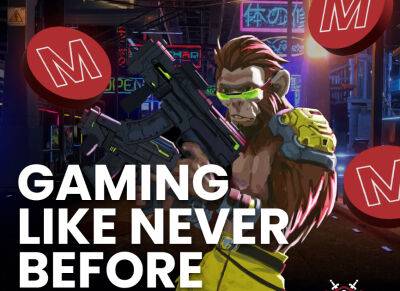How Web3 gaming can reach mainstream adoption
Web3 gaming accounted for almost half of all blockchain transactions in 2022, according to a report from DappRadar. This demonstrates that gaming is the fastest-growing sector in the blockchain space at this point, well ahead of decentralized finance (DeFi) and nonfungible tokens (NFTs).
At the end of 2022, a survey commissioned by Coda Labs showed that 75% of game developers expect to work with Web3 games in the future. About 56% of respondents, which included industry professionals, admitted that Web3 technology would revolutionize gaming.
Nevertheless, Web3 gaming is still far from mass adoption and AAA ambitions due to multiple challenges that have to be addressed.
Web3 gaming is growing fast, but it still has to address a few aspects to target the mainstream audience. Previously, blockchain games that implemented the play-to-earn (P2E) model made waves, but the latest bearish market and a series of token price crashes showed that they might not be as sustainable as initially thought. The next generation of Web3 games has to focus on other economic models that empower players.
The problem with P2E games is that the majority of them are not oriented toward gamers and rarely integrate fun gameplay to engage more casual players. The model puts great emphasis on making profits while ignoring the fun part.
A 2022 report released by the Blockchain Game Alliance (BGA) showed that industry professionals found poor gameplay and complex onboarding as the main challenges that hinder mass adoption.
Web3 games are evolving, and solving current challenges will likely help them compete with traditional AAA games. Here are the five main aspects that require the most attention from developers:
Some developers already address the most
Read more on cointelegraph.com















